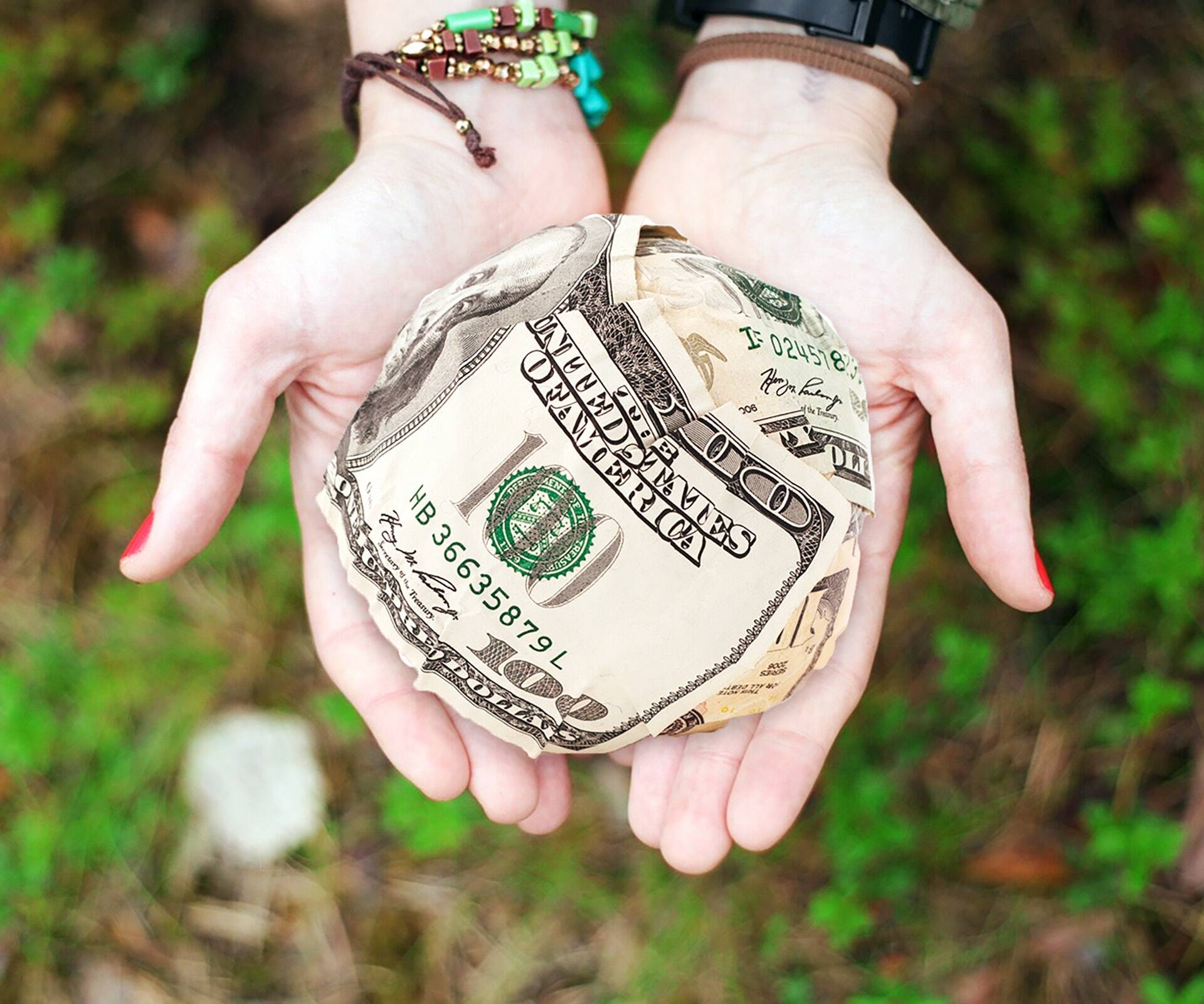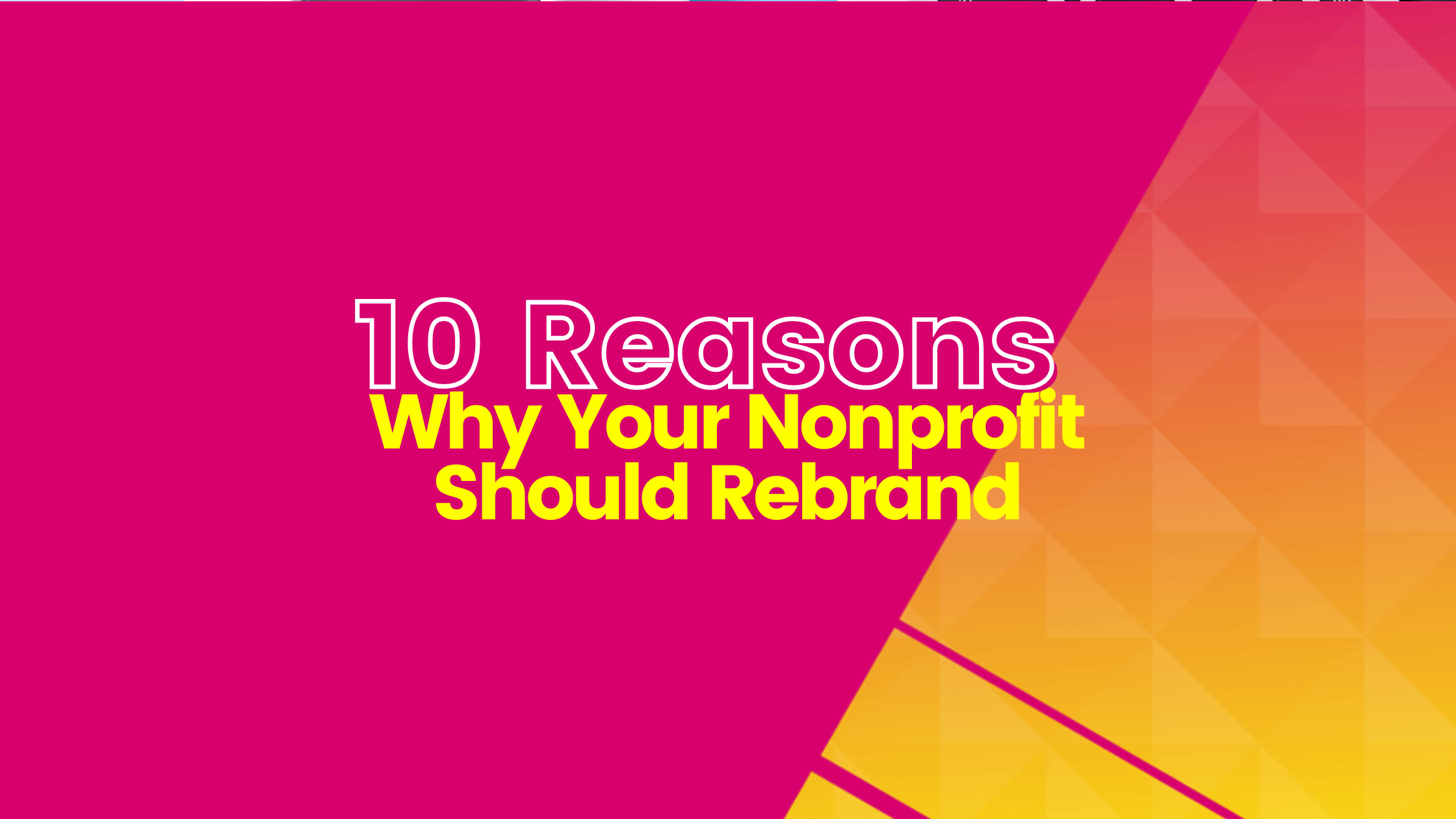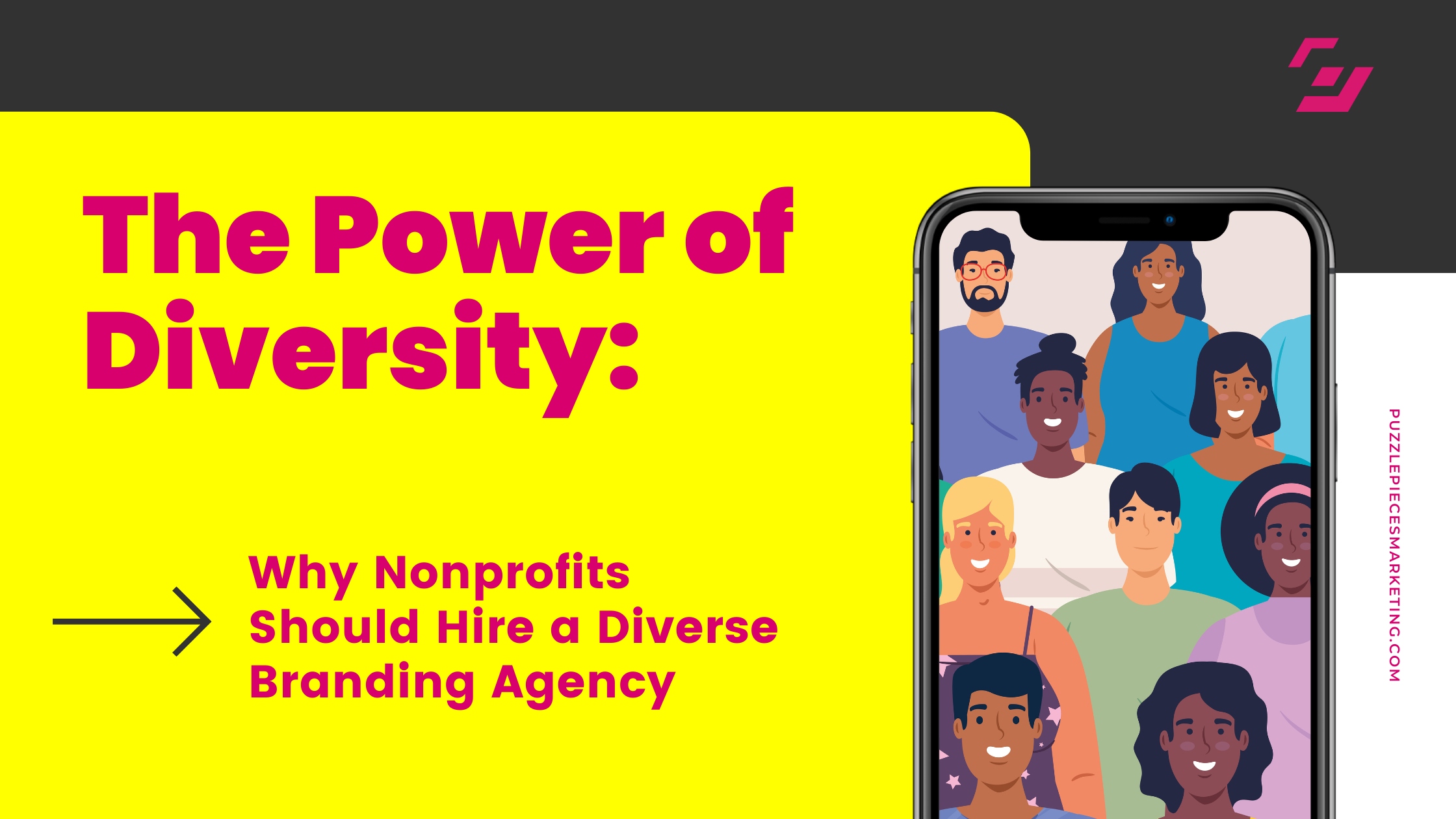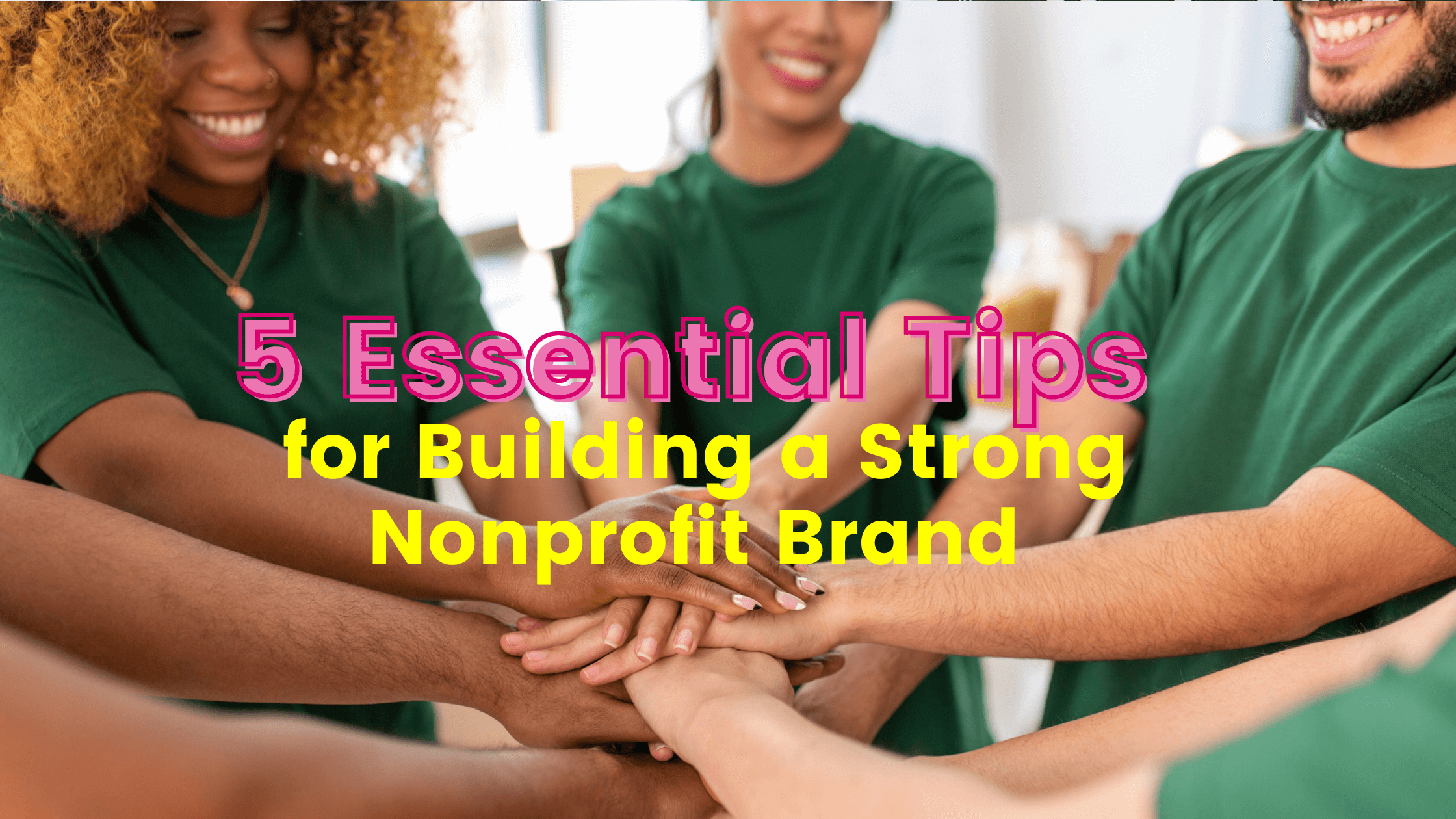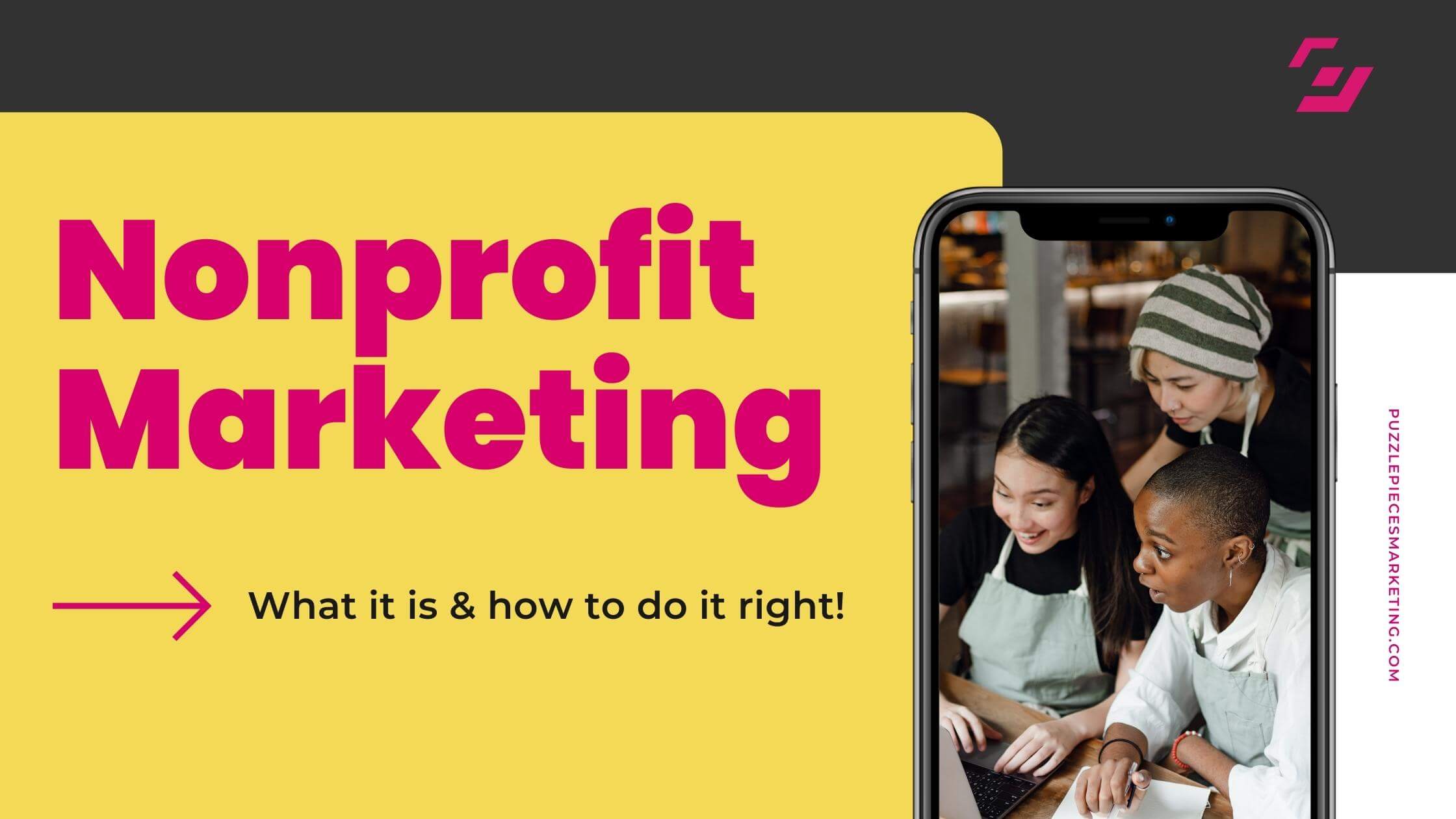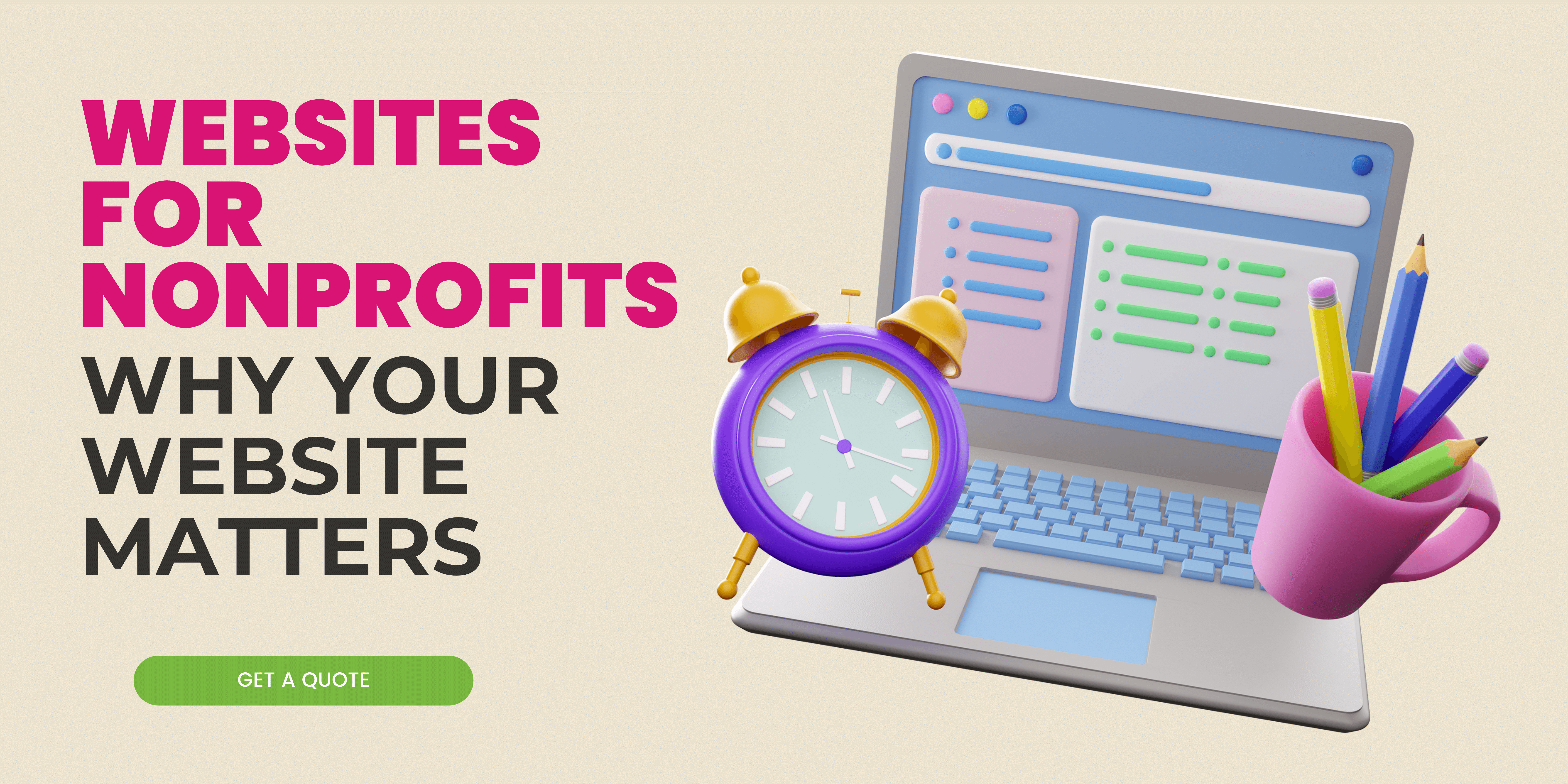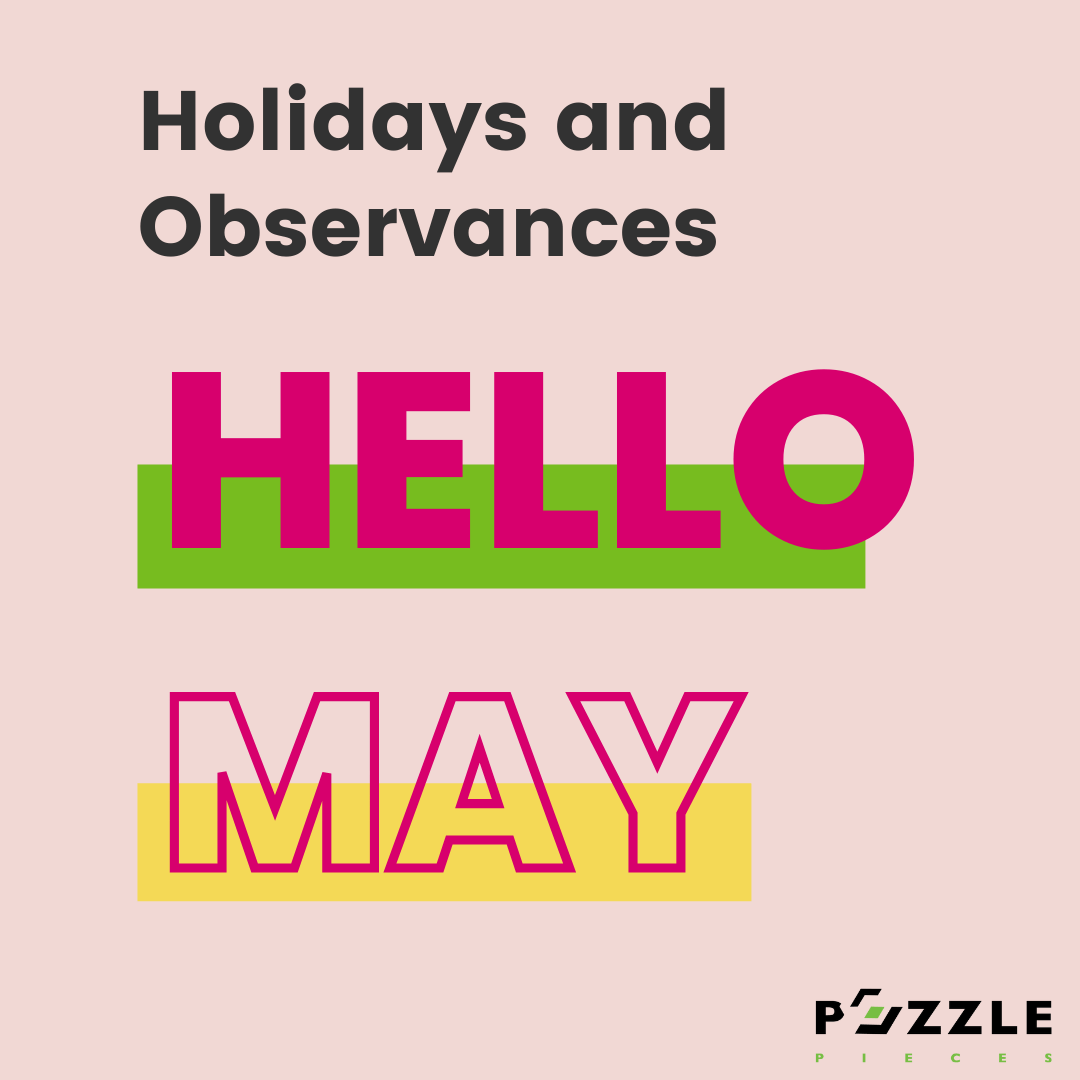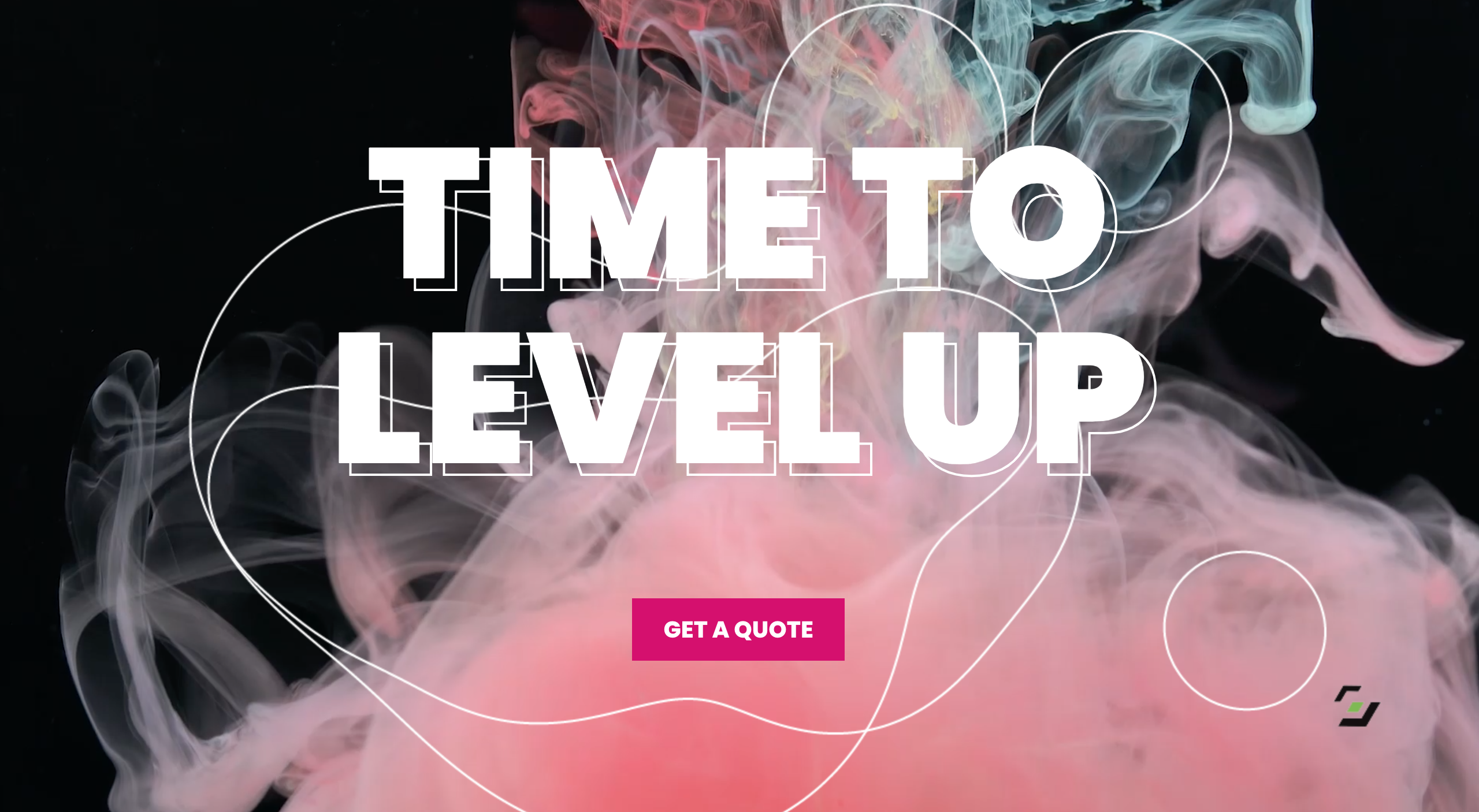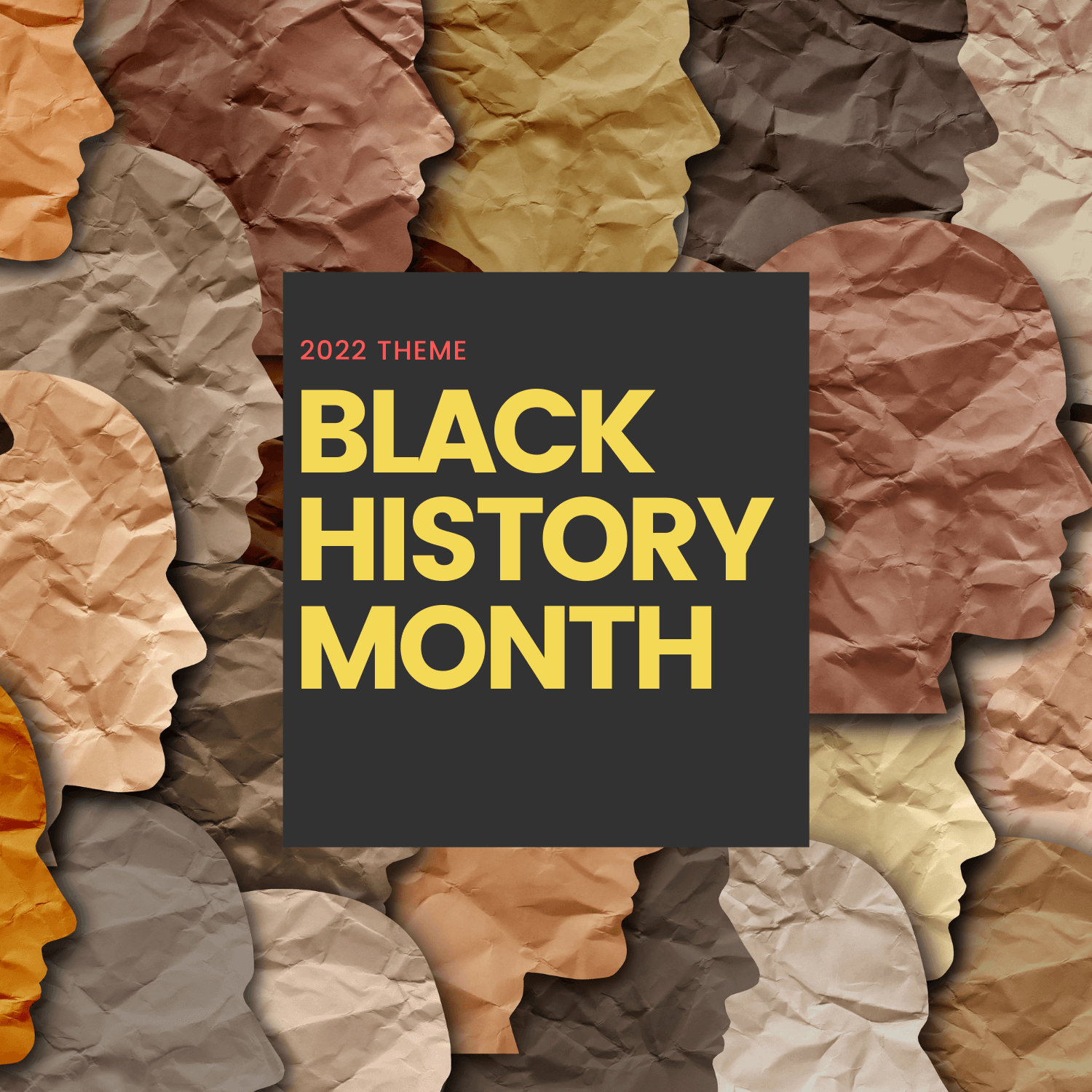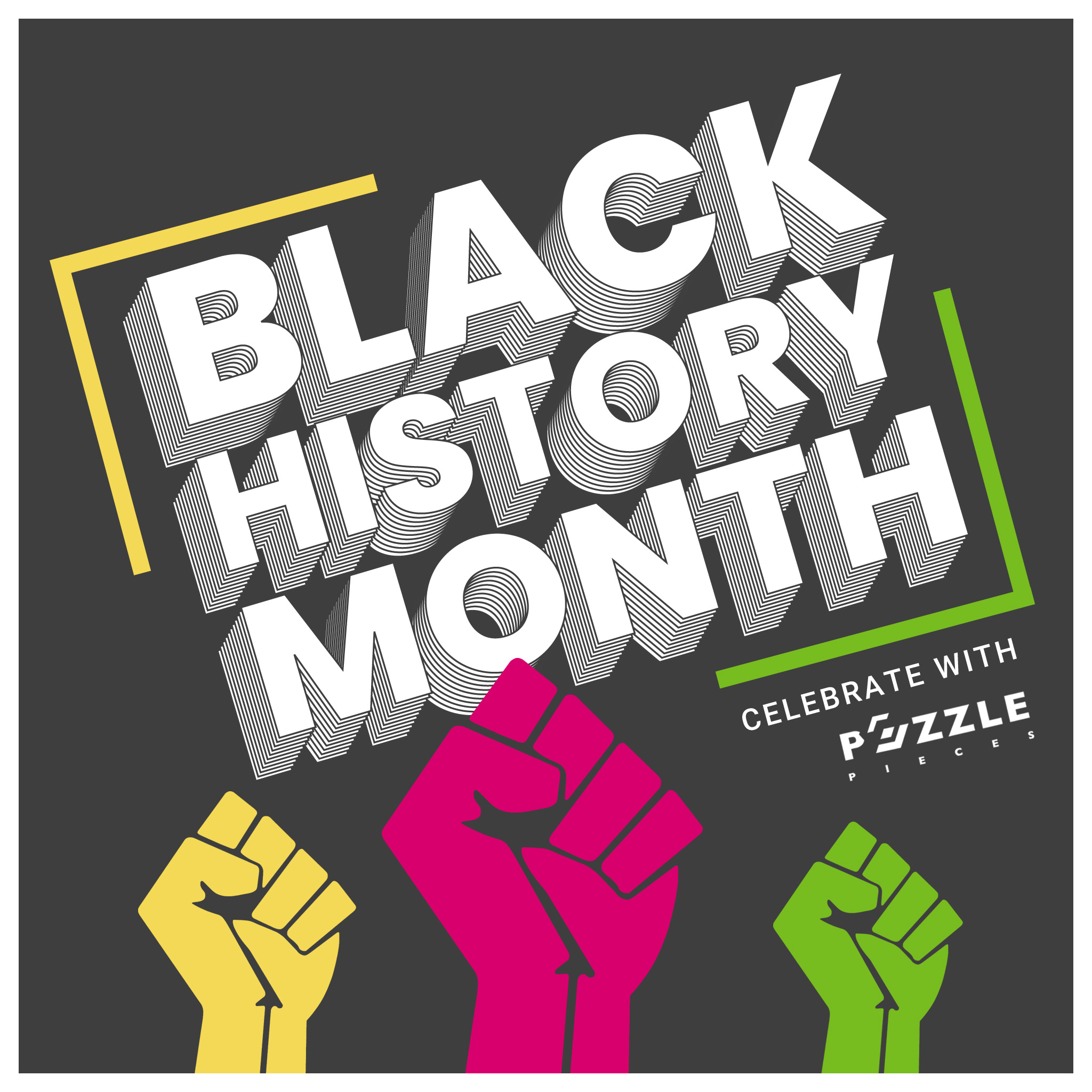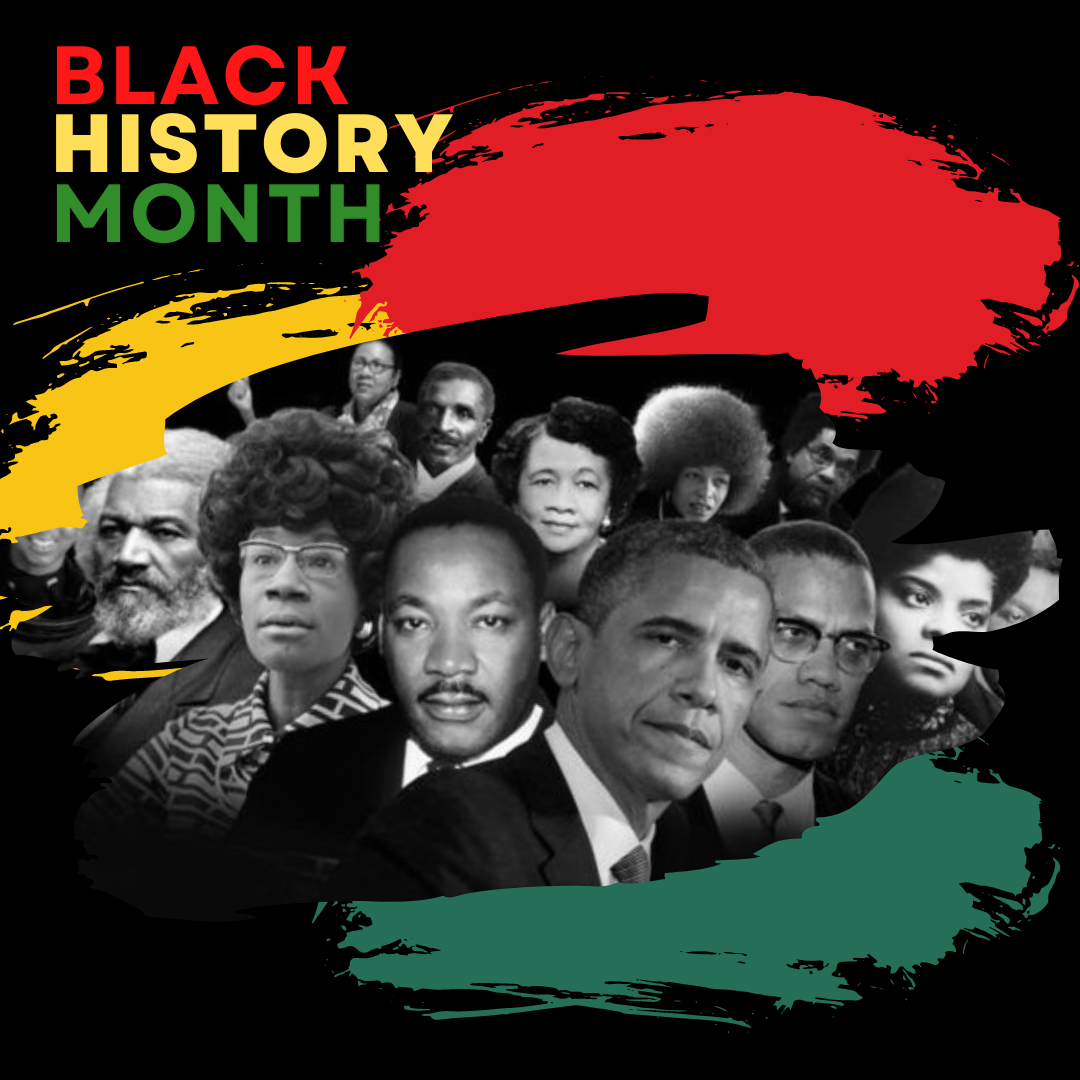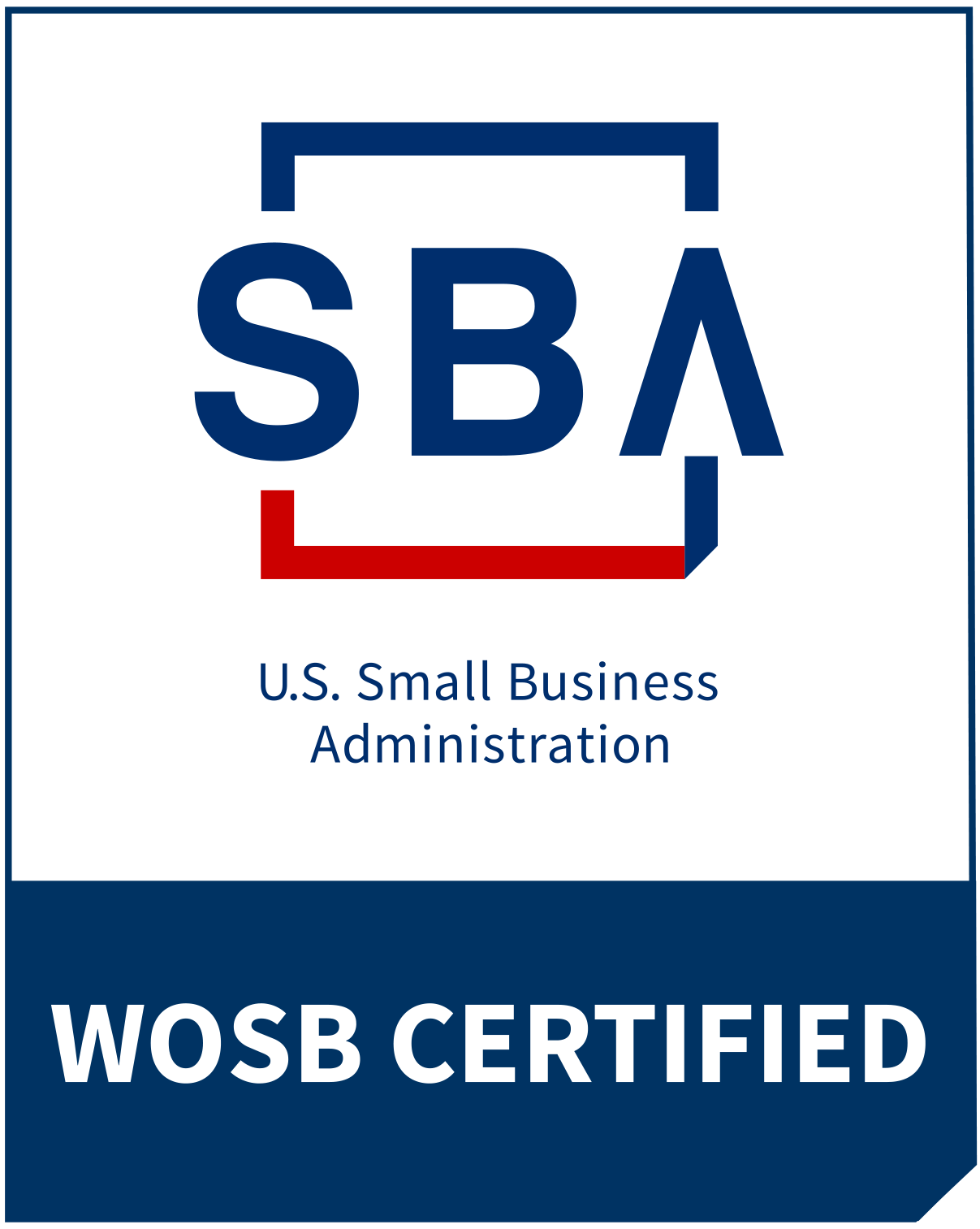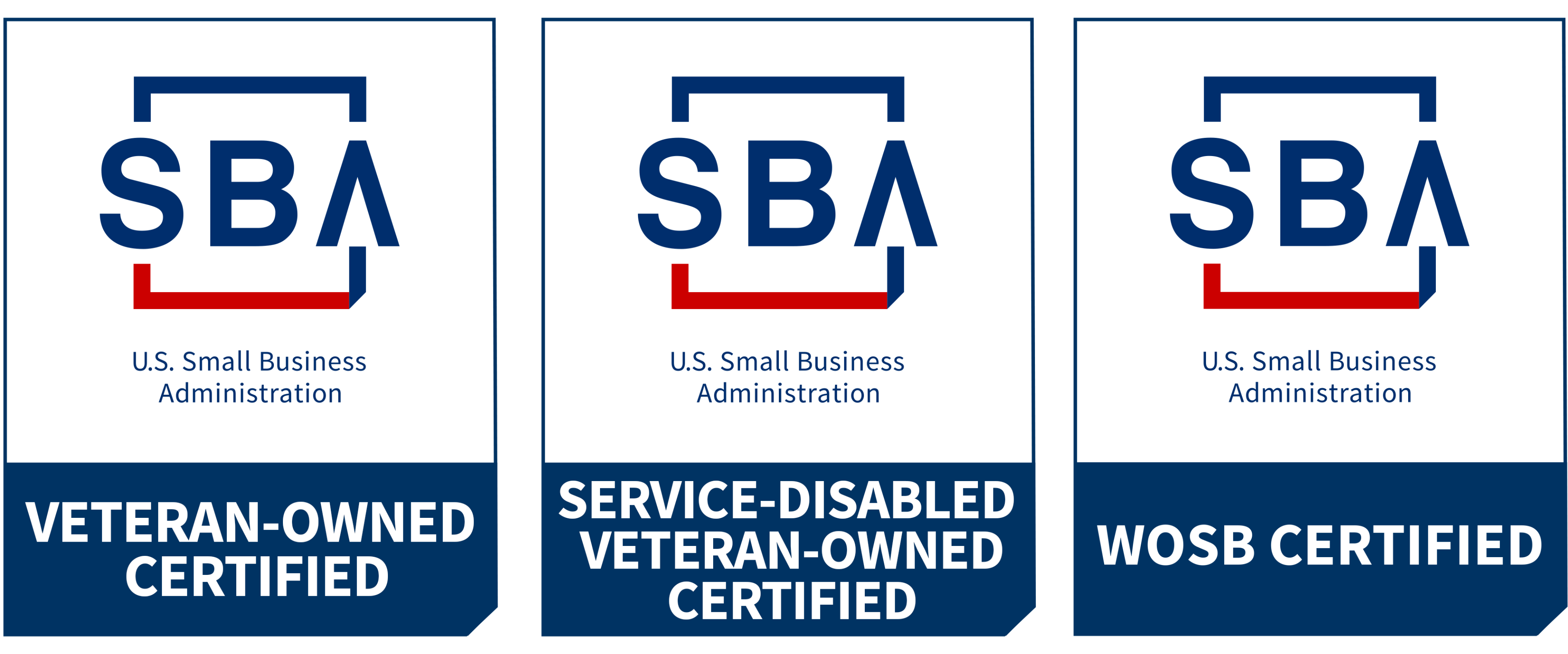Does Your Nonprofit Need a New Donor Retention Strategy?
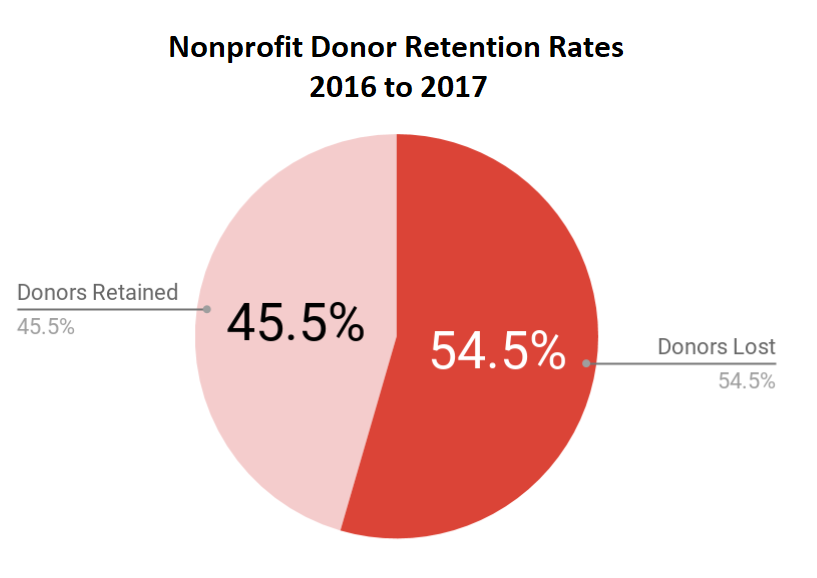
It costs nonprofits more capital to gain new donors than it does to retain them. Donor retention was 45.5% at the end of 2017, which is not an inspiring number. So, what motivates a new donor to become a repeat donor? What are the reasons that one-time donors site for not giving on a schedule?
The Fundraising Effectiveness Project (FEP), an organization that provides nonprofits with tools and data-driven fundraising information about how people are (or aren’t) donating to charity, refers to the “enormous untapped potential for giving in the United States”. Their goal is to help nonprofits tap into this potential and help fund deserving causes and persons.
Why (and How Much) Should My Organization Be Focused on Donor Retention?
One major reason is financial – it costs less to motivate an existing donor to donate again, versus attracting new donors. In addition, you already know that they believe in your cause and most likely still have the means to donate, since they have before. There is also a correlation between the length of time someone has been a repeat donor and the amount that they donate – and surprise, it’s higher. Even small increases in donor retention can have large financial impact over time.
When an organization is looking to attract new donors, there isn’t always a focus on developing strategies that will acquire donors that have a high potential to become recurring donors – but there should be! With a little foresight, nurturing that burgeoning relationship with intent could have major returns in the future. As personal wealth or business profits grow, so can the contribution to your cause.
In order to begin a deliberate shift towards increasing donor retention, some questions to ask are:
- Does your organization know the % of donations coming in from repeat versus one-time donors?
- Does your organization know the ROI for each?
- What is your organization’s donor retention rate?
Knowing the answers to these questions can give your organization an idea if it’s using its resources in a way that is maximizing ROI.
What Causes Repeat Donors to Stop Giving?
Using the Adrian Sargeant article Managing donor defection: Why should donors stop giving? as a source, the major reasons for decreases in donor retention is that the donor doesn’t feel valued. There are a multitude of reasons why this might happen, but here are a few standouts:
- Poor communication to donor
- Poor response time to inquiries
- Impersonal newsletters, emails or other fundraising communications
- Failure to thank donors or thank them appropriately
- Failure to explain to donors how their monies were used
- Donor’s belief that other causes are more deserving
- Donor doesn’t remember donating
- Perceived lack of appreciation
- Impersonal thank you’s for donations
- Belief that their donation was not integral
- Failure to give the donor a voice in the organization
- Failure to acknowledge the financial sacrifice of the donor’s support
- Failure to acknowledge the support of the donor in a way that resonates
Note the “Donor doesn’t remember donating” reason from above. According to Sargeant article, 9% of people cited this reason for ending their donations to nonprofits. Obviously communication to any donor that offers that reason is a bright red alert that your organization’s communication to the donor is not effective.
The takeaway from this list is that more attention needs to be paid to how organizations need to communicate to their donors in order to make them feel valued. Different demographics within your donor base shouldn’t be communicated to in the same way – they need to be engaged in a way that is personal to them and resonates with their ability to give. Nonprofits need to know the profile of each of their donors in order to increase the potentiality for increasing donor retention.
How to Inspire Repeat Donations
Taking inspiration from the “don’ts” list from above, the main ways to increase donor retention is to build meaningful relationships with their donors based on communication and appreciation. These suggestions are inspired by Adrian Sargaent’s article, “Donor Retention: What Do We Know & What Can We Do About It?“, by way if IssueLab.org’s The Nonprofit Quarterly.
How Can I increase Donor Retention Rates? |
|
|
|
|
|
|
|
|
|
|
|
The Takeaway on Donor Retention
If your nonprofit doesn’t have a detailed strategy to address donor retention, you need to get one pronto. There has been a lot of burgeoning research on the importance – and profitability – of allocating more resources to donor retention. Whether nonprofits stick to business as usual or take the time to build new strategies may be the deciding factor as to which survive in an already tough landscape.
Annual Reports
Ready to jazz up your annual reports and make them sparkle like confetti at a party? Well, guess what? We’ve got you covered! We don’t just design annual reports, we turn them into the MVPs (Most Valuable Publications) of your organization. Picture this: vibrant colors, snazzy graphics, and engaging layouts that’ll make your donors do a happy dance. Let’s ditch the snooze-worthy reports of yesteryears and embrace the fabulousness of now. Let’s make your data pop, your stories sing, and your impact shine brighter than a disco ball! Let’s collaborate and create annual reports that’ll make your supporters say, “Wowza!” So, who’s ready to dive into the design party? Let’s get this creative fiesta started! 🎉 Contact us today!

